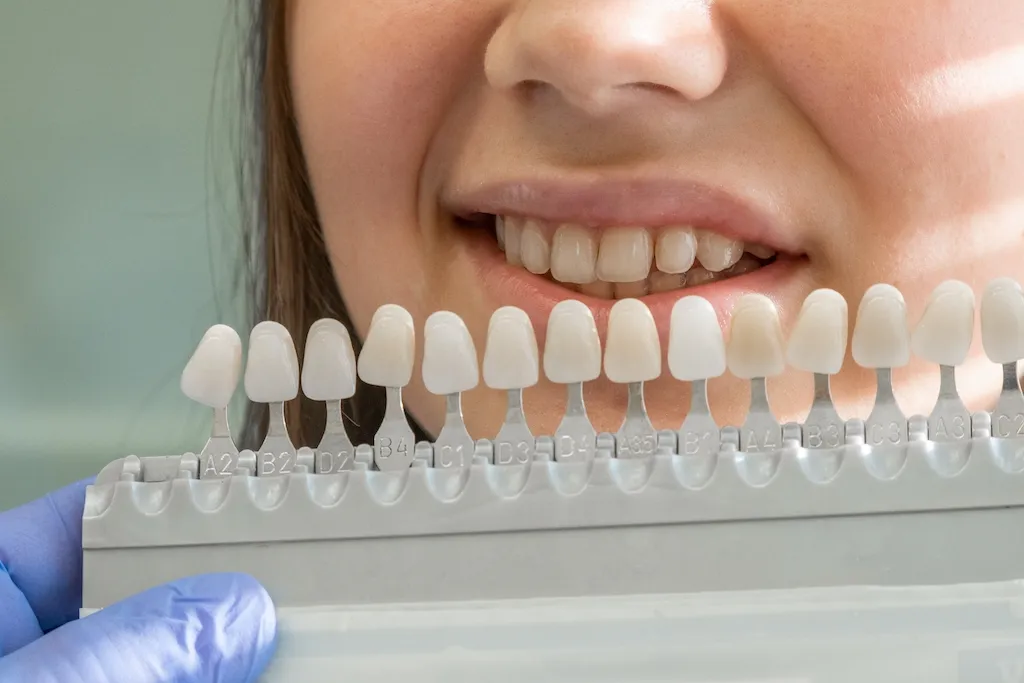Enamel hypoplasia is a dental condition characterized by incomplete or defective enamel formation, leading to various oral health challenges. Let’s explore this condition in detail to better understand its causes, symptoms, treatment options, and preventive measures.
Enamel Hypoplasia
Refers to a condition where the enamel, the outer layer of the tooth, is not fully developed, resulting in visible defects or abnormalities. This condition can affect both primary (baby) and permanent teeth, leading to aesthetic concerns and potential oral health issues if left untreated.
Visual Signs of Enamel Hypoplasia
One of the most noticeable signs of enamel hypoplasia is the presence of white or brown spots on the teeth. These discolorations may vary in severity and distribution, depending on the extent of enamel deficiency. Additionally, affected teeth may appear pitted, rough, or unusually shaped, compromising their strength and functionality.
Causes of Enamel Hypoplasia
Can occur due to various factors, including genetic predisposition, prenatal influences, nutritional deficiencies, and certain medical conditions or treatments. Maternal factors such as smoking, poor nutrition, or exposure to toxins during pregnancy can also contribute to enamel hypoplasia in infants.
Treatment of Enamel Hypoplasia
Treatment options for enamel hypoplasia aim to improve the appearance and function of affected teeth while addressing any underlying causes or complications. Depending on the severity of the condition, treatment may involve dental bonding, veneers, crowns, or in severe cases, extraction followed by prosthetic replacement.
Preventive Tips
Preventing hypoplasia involves maintaining good oral hygiene practices and adopting healthy lifestyle habits. Pregnant women should prioritize proper nutrition and avoid smoking or exposure to harmful substances. Early childhood dental care, including regular dental check-ups and fluoride supplementation, can also help prevent enamel defects.
Potential Complications
If left untreated, enamel hypoplasia can lead to various complications, including tooth sensitivity, increased risk of tooth decay, and compromised dental function. Additionally, the cosmetic appearance of affected teeth may impact an individual’s self-esteem and quality of life, highlighting the importance of early diagnosis and intervention.
In conclusion, enamel hypoplasia is a dental condition that requires prompt diagnosis and appropriate management to prevent further complications. By understanding its causes, recognizing visual signs, and prioritizing preventive measures, individuals can maintain optimal oral health and preserve the integrity of their teeth for years to come. If you suspect you or your child may have hypoplasia, consult with a dentist for proper evaluation and personalized treatment recommendations.
 Latinosenairdrie.ca
Latinosenairdrie.ca
